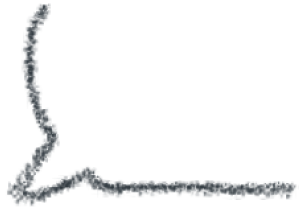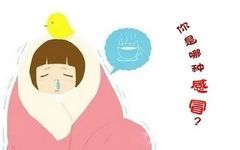Click the blue text to follow us


Introduction to “Wind-Heat Cold”
Wind-Heat Cold is caused by the invasion of wind-heat evil attacking the exterior and the disharmony of lung qi. Symptoms include high fever, slight aversion to wind, headache, sweating, sore and swollen throat, cough with sticky or yellow phlegm, yellow nasal discharge, thirst with a preference for drinking, a red tip and edges of the tongue, and a thin white slightly yellow coating. Wind-Heat Cold is more common in summer and autumn, caused by external wind-heat. In TCM, it is considered an exterior syndrome caused by the invasion of wind-heat evil. Treatment primarily focuses on dispersing wind and clearing heat. In Western medicine, it is comparable to bacterial infections or bacterial infections superimposed on viral infections.
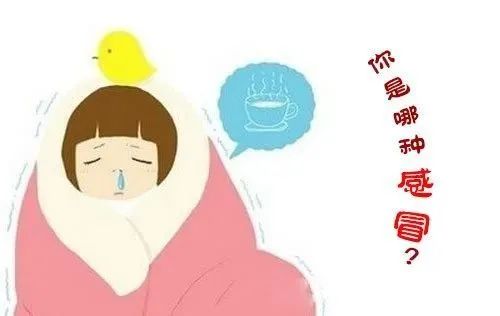
Causes of “Wind-Heat Cold”
Environmental Factors
These are various causes that can lead to a decrease in overall or local respiratory defense, such as exposure to cold, rain, excessive fatigue, etc. Wind-Heat Cold is more common in summer and autumn, caused by external wind-heat.
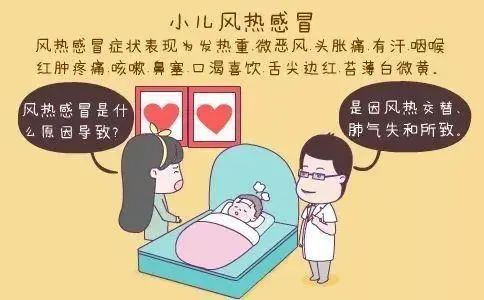
Low Immunity
When the overall or local respiratory defense function is reduced, viruses and bacteria that were previously present in the upper respiratory tract or invaded from the outside can rapidly proliferate, leading to illness, especially in the elderly and children.
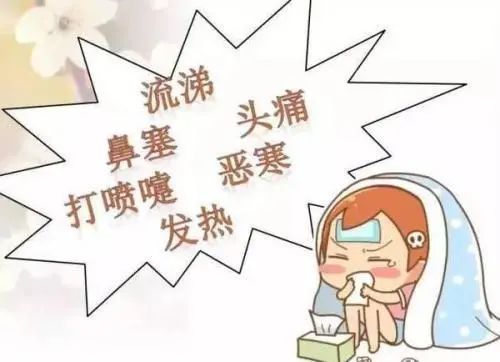
Diseases Factors
Individuals with chronic respiratory diseases such as sinusitis, chronic pharyngitis, or tonsillitis are more susceptible to this condition.
Symptoms of “Wind-Heat Cold”
Main symptoms include: children developing red spots on the body after fever, sore throat, body aches, coughing up yellow phlegm, nasal congestion, and emotional cold symptoms.
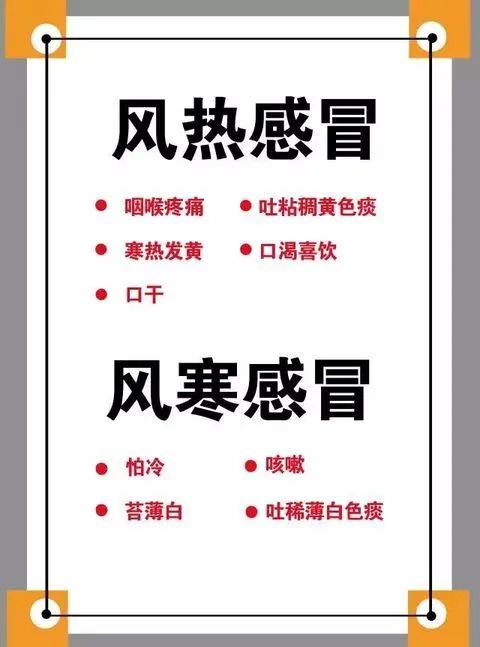
External invasion often occurs in spring. In spring, the weather is windy and warm, thus the combination of wind and warm-heat evils is more likely to cause disease. Wind-Heat Cold is a syndrome caused by the invasion of wind-heat evil attacking the lung and disrupting the exterior, leading to disharmony of the exterior and loss of lung clarity.
Main Symptoms:
1. Fever, slight aversion to wind and cold, no sweating or sweating, headache, and body aches.
2. Nasal congestion, yellow nasal discharge, cough, and sore throat.
Secondary Symptoms:
Slight sweating, dry mouth and thirst, yellow and thick phlegm. Tongue and pulse: red tip, thin yellow coating; floating and rapid pulse.
If the main symptoms
1. and secondary symptoms, or main symptoms.
2. and secondary symptoms, along with typical tongue and pulse signs, can be diagnosed as Wind-Heat Cold.
Prevention of “Wind-Heat Cold”
Wind-Heat Cold occurs on the basis of a common cold with bacterial infection or direct bacterial infection of the upper respiratory tract, thus prevention requires:
1. Strengthening the body’s immunity, including appropriate exercise, a balanced diet, and avoiding spicy and irritating foods, as well as bad habits such as smoking and drinking.
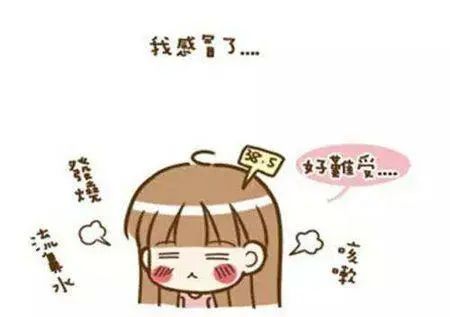
2. Timely treatment of common colds, and those with chronic pharyngitis and tonsillitis need to pay attention to preventing recurrence.
3. If cough, yellow phlegm, aversion to wind, and not fearing cold occur after a cold, timely treatment is necessary.
TCM Treatment for “Wind-Heat Cold”
Wind-Heat Cold is primarily treated with herbal medicine that disperses wind and clears heat:
For mild cases, Sang Ju Yin (Sang Ju Decoction) can be used. For more severe cases, Yin Qiao San (Yin Qiao Powder) may be used.
Sang Ju Yin is recorded in the “Differentiation of Warm Diseases” and consists of Sang Ye (Mulberry Leaf) 7.5g, Ju Hua (Chrysanthemum Flower) 3g, Xing Ren (Apricot Kernel) 6g, Lian Qiao (Forsythia Fruit) 5g, Bo He (Peppermint) 2.5g, Jie Geng (Platycodon Root) 6g, Gan Cao (Licorice) 2.5g, and Wei Gen (Reed Root) 6g. It has the effects of dispersing wind, clearing heat, and relieving cough, primarily treating the initial stage of wind-heat with mild exterior heat symptoms. Symptoms include cough, slight fever, mild thirst, and floating rapid pulse. This formula is commonly used in modern times to treat colds, influenza, acute bronchitis, acute tonsillitis, acute conjunctivitis, keratitis, and other conditions associated with wind-heat attacking the lung or liver channel wind-heat.
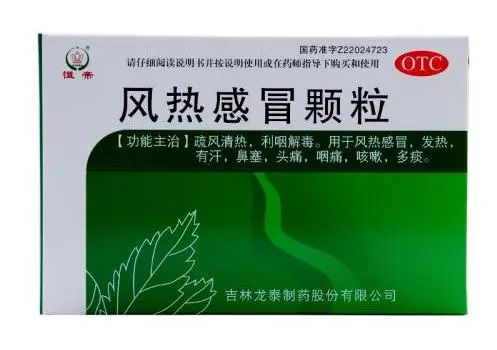
Yin Qiao San is a commonly used formula with the same name, primarily from the “Differentiation of Warm Diseases”. Its composition includes Lian Qiao (Forsythia Fruit) 10g, Jin Yin Hua (Honeysuckle Flower) 10g, Jie Geng (Platycodon Root) 6g, Bo He (Peppermint) 6g, Dan Zhu Ye (Lophatherum) 4g, Sheng Gan Cao (Raw Licorice) 5g, Jing Jie (Schizonepeta) 4g, Dan Dou Chi (Fermented Soybean) 5g, Niu Bang Zi (Burdock Seed) 6g, and Lu Gen (Reed Root) 10g. It has the effects of dispersing wind, clearing heat, and detoxifying, primarily treating the initial stage of warm diseases with exterior heat symptoms. This formula is widely used in modern times to treat various acute febrile diseases in their initial stages, such as influenza, acute tonsillitis, pneumonia, measles, epidemic meningitis, viral encephalitis, and mumps, which are associated with wind-heat syndrome.
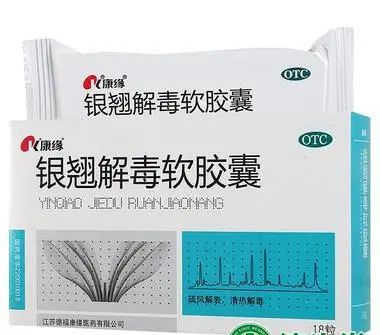
Other commonly used therapies for Wind-Heat Cold include:
1. Acupuncture Therapy
1. Feng Chi (Wind Pool), Da Zhui (Great Vertebra), He Gu (Union Valley)
First needle Feng Chi, with the needle sensation radiating to the back of the head and temples, then needle the other points with strong stimulation, leaving the needles for 20 minutes, once daily. For severe nasal congestion, add Ying Xiang (Welcome Fragrance) and Shang Xing (Upper Star); for headache, add Tai Yang (Sun) and Yin Tang (Hall of Impression); for sore throat, add bleeding at Shao Shang (Lesser Shang) point; for cough, add Feng Men (Wind Gate) and Fei Shu (Lung Shu).
2. Shao Shang (Lesser Shang), Zhong Shang (Middle Shang), Lao Shang (Greater Shang)
All use a three-edged needle for micro-bleeding. For sore throat, add Tian Tu (Heavenly Prominence) and He Gu; for headache, add Tai Yang; for cough, add Shen Zhu (Body Pillar); for nasal congestion, add Ying Xiang. Use medium stimulation with filiform needles, slowly lifting and inserting, with short needle movements.
3. Shao Shang, Tai Yang, Fei Shu, Da Zhui, Hand Tai Yin Lung Channel
Disinfect the area with a three-edged needle, then after local disinfection at Shao Shang and Tai Yang, puncture for bleeding. At Fei Shu and Da Zhui, use fire cupping for 15 minutes. Use plum blossom needles to prick along the Hand Tai Yin Lung Channel.
4. Da Zhui, He Gu
After disinfecting the skin, use a large sterilized needle to prick at Da Zhui for bleeding, then apply cupping. Then use a three-edged needle to prick at Ran Gu (Soft Valley) for bleeding.
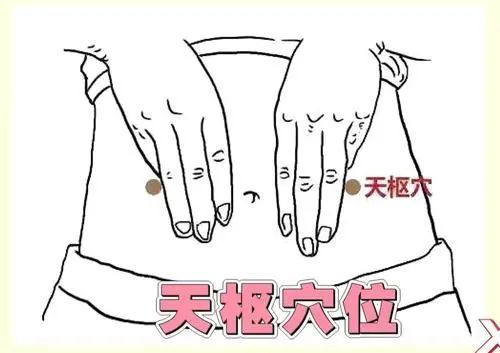
2. Finger Pressure Therapy
Acupoints: Tai Yang, Zan Zhu (Gathering Bamboo), Feng Chi, Feng Fu (Wind Palace), Fei Shu.
Technique: Use even tonification and reduction, applying the thumb tip to each point 5 times, kneading 5 times, then tapping 5 times, and kneading 5 times for each point.
3. Plum Blossom Needle Therapy
Acupoints: Feng Chi, Da Zhui, He Gu, Qu Chi (Pool at the Crook), as well as the chest, back, and back of the neck. For headache, add Tai Yang; for nasal congestion, add Ying Xiang; for cough, add Tai Yuan (Great Abyss) and He Xia (Under the Jaw).
Technique: Use plum blossom needles with moderate to heavy stimulation, treating 2-3 times a day.
4. Massage Therapy
1. Pushing and Pressing the Vertex Method: The patient sits or lies face down, and the practitioner stands opposite, placing both thumbs on the Yintang (Hall of Impression) point between the eyebrows, pushing straight up along the midline of the head to the Baihui (Hundred Meetings) point, then pressing and tapping, and continuing to push back to the Feng Fu point at the occiput, pressing there. Repeat this operation 3-5 times.
2. Pushing the Side Vertex Method: The patient sits or lies down, and the practitioner first stabilizes the patient’s head with one hand, while the other hand moves from the Tai Yang point at the outer end of the eyebrow, over the ear, and behind the ear to the Feng Chi point, then changes to kneading and pressing the Feng Chi point until local numbness occurs, followed by gentle kneading and pressing. Repeat this operation 2-3 times.
3. Pushing and Kneading the Back Method: The patient lies face down, arms bent and hugging the chest, breathing naturally, while the practitioner stands at the front side of the patient, placing both thumbs on either side of the cervical vertebrae, massaging along the bladder meridian from the neck to the buttocks, pushing in a straight line from top to bottom, while also kneading in a clockwise direction. Repeat this operation 2-3 times.
4. Point Pressing on the Shoulder Blade Method: The patient lies on their side or stands, and the practitioner sits or stands behind, placing both thumbs in the gap outside the shoulder blade, with the other four fingers holding the upper part of the shoulder and the lower edge of the shoulder blade. The thumbs press down from the Da Zhui point along the shoulder blade gap until the lower edge of the shoulder blade, instructing the patient to cough gently during the pressing. Repeat this operation 2-3 times, then switch to using the palm to push on the previously pressed area from top to bottom, repeating 3-5 times.
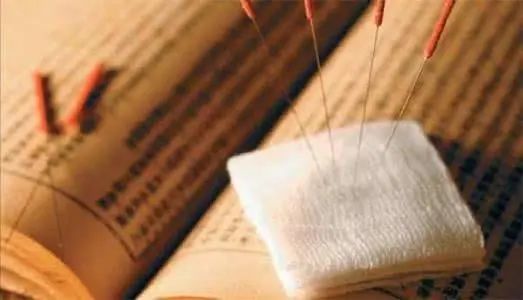
(The above information and content are for reference only; please consult a doctor for detailed advice.)
Copyright Statement: The images and text are sourced from the internet; if there is any infringement, please inform us for deletion.

Editor: Dan Yuehong
Reviewer: Chen Yan
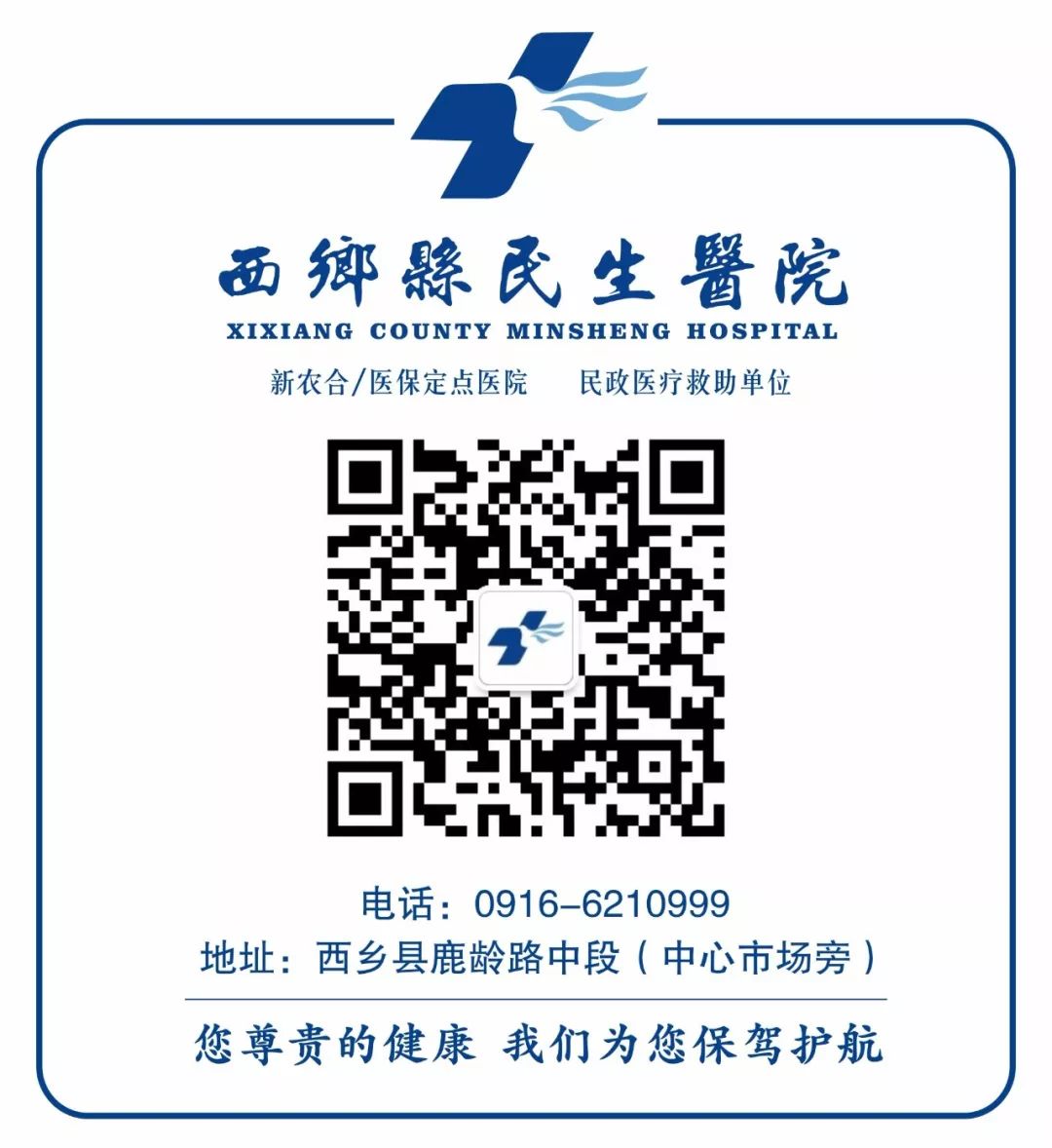
If you like it, please give us a thumbs up!
